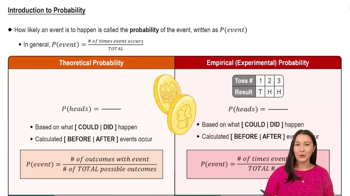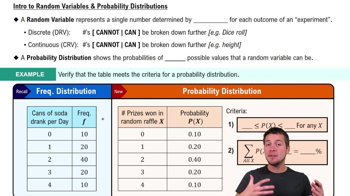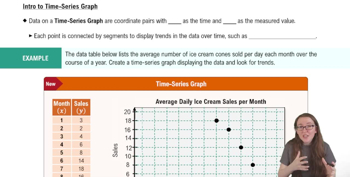Here are the essential concepts you must grasp in order to answer the question correctly.
Experimental Units
Experimental units are the smallest division of experimental material to which a treatment is applied. In this study, the experimental units are the 37 teenagers aged 18 to 19 with social anxiety disorder. Each teenager represents an individual unit that receives either the treatment (CBD) or the control (placebo) to assess the effects of the intervention.
Recommended video:
Introduction to Probability
Random Assignment
Random assignment is a technique used to ensure that each participant has an equal chance of being assigned to any treatment group. This process helps eliminate bias and confounding variables, allowing for a more accurate assessment of the treatment's effect. In this study, the teenagers were randomly assigned to either the CBD group or the placebo group, which strengthens the validity of the results.
Recommended video:
Intro to Random Variables & Probability Distributions
Measurement Scales
Measurement scales are tools used to quantify variables in research. In this experiment, two specific scales were used: The Fear of Negative Evaluation Questionnaire and the Liebowitz Social Anxiety Scale. These scales provide a structured way to measure the severity of social anxiety symptoms before and after the treatment, allowing researchers to evaluate the effectiveness of CBD compared to the placebo.
Recommended video:
Creating Time-Series Graphs






